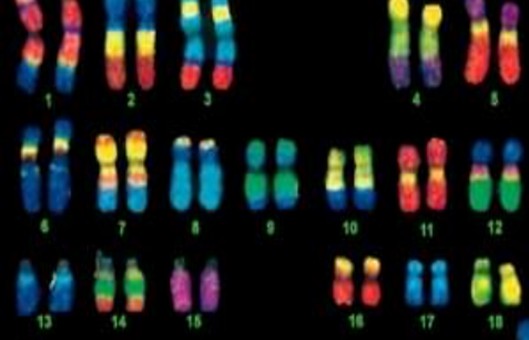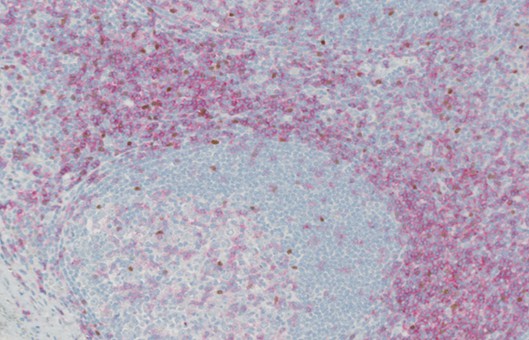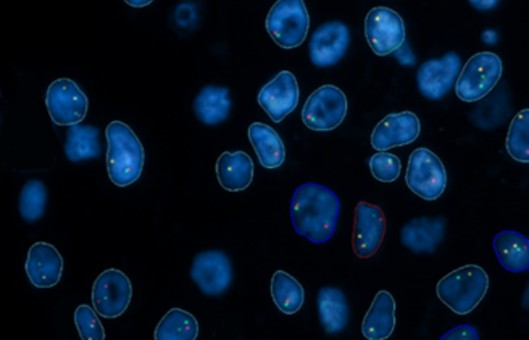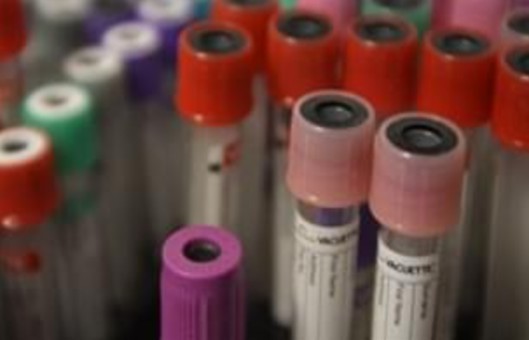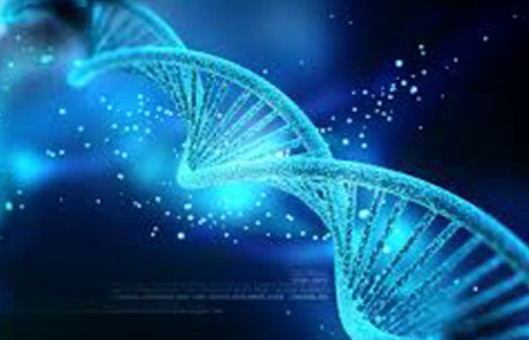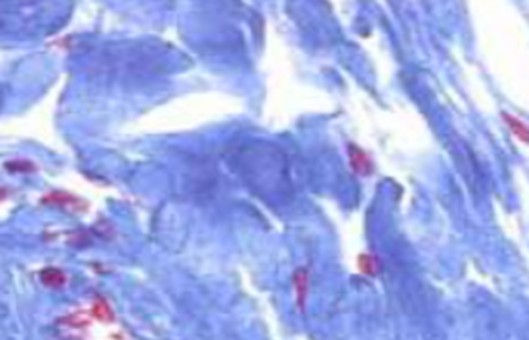Nonradioactive ISH Protocol for Frozen Sections
GUIDELINE
Nonradioactive in situ hybridization offers a unique opportunity to study gene expression on samples with preserved histological information. This method makes it possible to locate not only wherein a tissue a particular gene is expressed, but in many cases also in which specific cell type it is active. Here, we describe our current protocols for in situ hybridization on frozen sections or whole mounts of mouse embryos. The protocols included describing the synthesis of a digoxigenin-labeled probe, tissue handling, hybridization of the probe to the mRNA expressed in the sample, and signal detection.
METHODS
Probe synthesis
- Add 1 vol of phenol/chloroform/isoamyl alcohol to the linearized vector. Vortex for 20 s and centrifuge at 10,000g for 10 min at room temperature (RT).
- Transfer the upper phase containing the linearized vector to a new tube. Precipitate DNA with 208 μL of 4 M LiCl and 728 μL of ice-cold 99.5% ethanol at –80°C for 20 min.
- Centrifuge as above and wash with ice-cold 70% ethanol.
- Dissolve the pellet in a small volume of RNase-free H2O. Measure DNA concentration.
- DIG-labeling reaction, 2 μL of 10X transcription buffer (included with the RNA polymerase), 2 μL of DIG RNA Labeling Mix, 2 μL of RNA polymerase (20 U/μL), 0.5 μL of RNasin (40 U/μL), and 1-2 μg of linearized vector. Add up to 20 μL with RNase-free H2O. Mix and spin down. Incubate for 2 h at 37°C to perform the in vitro transcription.
- Stop the reaction by adding 2 μL of 0.2 M EDTA, pH 8.0.
- Precipitate the transcribed RNA with 2.5 μL of 4 M LiCl and 75 μL of 99.5% ice-cold ethanol at -80°C for at least 30 min or -20°C for several hours.
- Centrifuge down probe precipitate at 10,000g for 20 min at 4°C and wash pellet with ice-cold 70% ethanol.
- Dissolve the pellet in 50 μL of RNase-free H2O. Add 1 μL of RNase inhibitor and incubate at 37°C for 30 min.
- About 10 μg DIG-labeled RNA is synthesized from 1 μg of linearized vector in the standard case.
Prehybridization and hybridization
- Preparation of frozen sections and pretreatment of tissue sections.
- Wipe off the slides with Kleenex without letting the sections dry. Draw around the sections with a liquid blocker and place the slides in a humidified box.
- Add 150-500 μL of hybridization solution to each section, depending on size.
- Prehybridize for 2 h at 58°C. Toward the end of the pre-hybridization, prepare a tube with 20 μL of hybridization solution for each section. Add 1 μL of the probe to each tube and place the tubes in a heating block at 80°C for 5 min to denature the probes. Put on ice until use.
- Pour off the solution used for prehybridization from the sections. Add the contents of one tube to each section and cover with a square of parafilm or a cover slip. Hybridize at 58°C for approx. 40 h.
Creative Bioarray Relevant Recommendations
- Creative Bioarray offers a comprehensive range of ISH Reagents to help you with your research, including but not limited to FFPE FISH Pretreatment Kit, FISH Denaturation solution, FISH Hybridization Buffer, FISH Hybridization Solution, and so on.
Post hybridization washes
- Wash 30 min in 2×SSC at RT.
- Wash for 30 min in prewarmed RNase A solution at 37°C.
- Wash 1 h in prewarmed 2×SSC at 65°C.
- Wash 1 h in prewarmed 0.1×SSC at 65°C. Proceed immediately to the antibody staining.
Antibody staining
- Equilibrate slides for 5 min in Buffer 1 at RT.
- Wipe off the slides with Kleenex without letting the sections dry. Fill in around sections with a liquid blocker and place the slides in a humidified box saturated with H2O.
- Dilute the DIG-conjugated antibody 1:5000 in the blocking solution. Add approx. 200 μL (depending on the size of the section) of antibody/blocking solution to each section and incubate at 2 h at RT.
- Wash twice for 15 min in Buffer 1 at RT. Proceed immediately to the color development.
Color development
- Equilibrate slides for 5 min in buffer at RT.
- Prepare the developing solution. To 10 mL of Buffer 2, add 50 μL of NBT and 37.5 μL of BCIP. We usually add around 250 μL of this solution to each section and cover it with a square of parafilm.
- Incubate in the dark at RT in a humified box overnight.
- When the color development reaction is finished, wash the slides in the stop solution with Tris/EDTA for 10 min.
- The slides are then washed in 95% ethanol by gentle agitation for a few hours (up to overnight).
- Wash in deionized water for 15 min to remove any precipitates that may be on the slides.
- Dehydrate sections by washing slides in 70, 95, and 99.9% ethanol for 2 min each, followed by a 2 min wash in xylene. Mount.
NOTES
- Because RNases can destroy the whole experiment by degrading the riboprobe or the RNA in the tissue sample, it is important that all steps until the hybridization is finished are performed strictly RNase-free.
- For many probes, an overnight hybridization is sufficient to get a strong signal. The hybridization temperature and formamide concentration of the hybridization solution may need to be optimized for each probe. Also, the amount of probe added can be altered, depending on the efficiency of the in vitro transcription and the labeling of the probe, particularly because a longer probe gets more DIG-labeled nucleotides.
RELATED PRODUCTS & SERVICES
Reference
- Asp J, et al. (2006). "Nonradioactive in situ hybridization on frozen sections and whole mounts." Methods Mol Biol. 326, 89-102.
